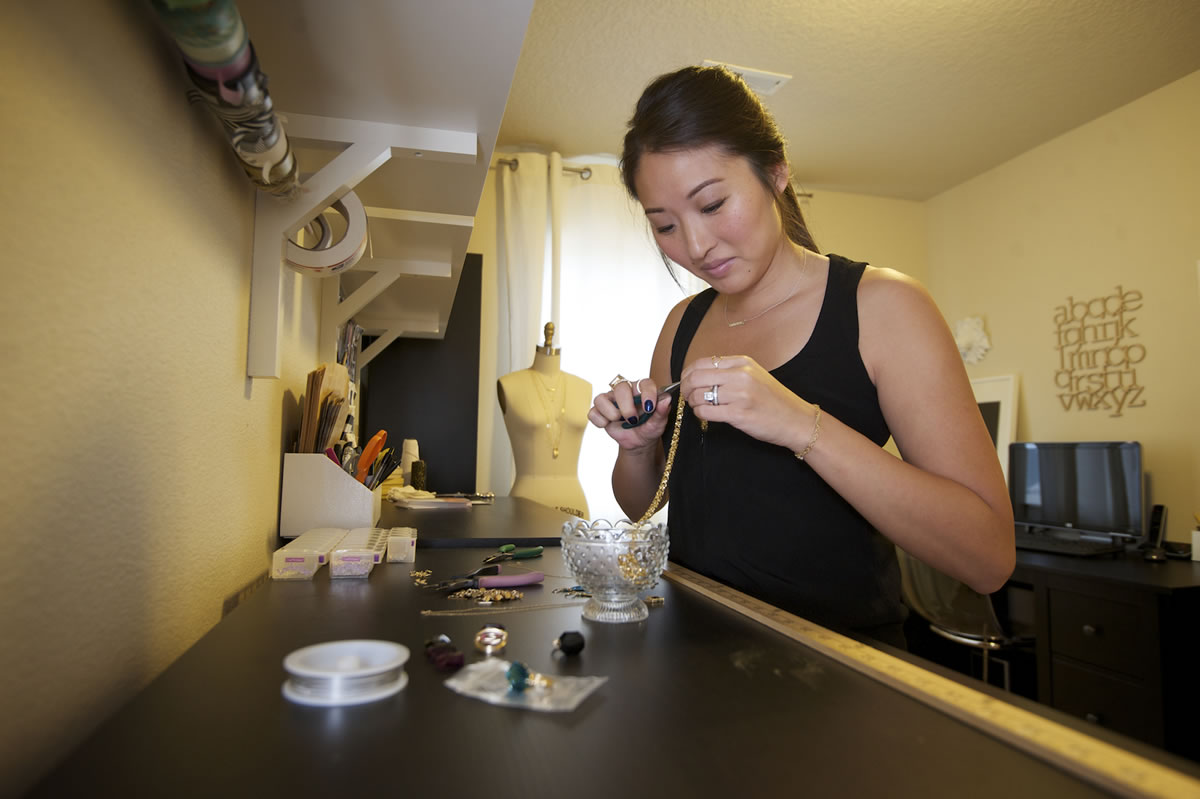It's a question more and more people are asking: Why buy it when you can just do it yourself?
Emily Matchar explored what she coined the "new domesticity" trend in her recent book "Homeward Bound." During her research the author found that a growing number of people, many women, are embracing crafting and the DIY lifestyle.
Part of the shift, she said, is because of the lagging economy; selling your own goods online or at local bazaars can bring in some much-needed extra income. Additionally, websites such as Etsy have created a strong community around these hobbies.
"I don't think this new domesticity phenomenon would exist without the Internet," Matchar said. "It was modern technology that spread interest in these types of things."
While the Web has spurred interest in homesteading hobbies, Matchar said part of new domesticity is about occasionally stepping back from modern conveniences as a way to return to the so-called simple life. However, choosing to knit a sweater as a hobby is much different than needing to knit a sweater so your child can stay warm in the winter.
"People who were homesteading the American West, that was an incredibly difficult thing to do -- especially for the women. It was very isolating," Matchar said. "Now people that are trying to go back to the past, they sometimes find they feel more connected than ever."
But, as with any trend, it's hard to say how long it will all last.
"I don't know if people are going to be raising chickens in Brooklyn in 10 or 15 years," Matchar said.
-- Stover E. Harger III




